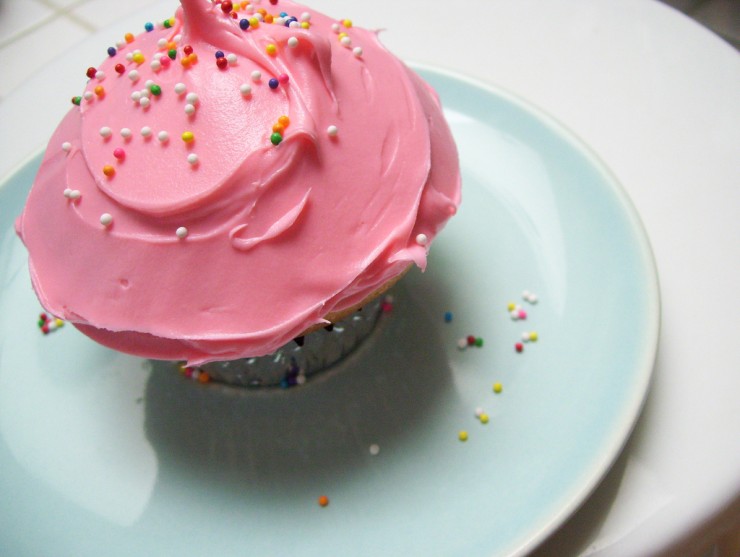
Can you sell cottage foods?
Can you sell homemade food? The short answer is… probably, if your state allows it. Most states have cottage food laws in place, but there are still some things you should check before getting started.
1. You need the right state
Almost all states in the U.S. have some kind of cottage food law. If your state has not yet passed special laws, then you will need to get a commercial food license to start a food business. Unfortunately, in most cases, this is a long and expensive process — which is why cottage food laws were created in the first place. However, most cottage food laws were propelled by normal citizens, not politicians, so you might consider creating a Facebook page or a petition to get your state started.
2. You need the right home
Most cottage food laws say that the food must be prepared in a “primary residence”. So what’s a primary residence? That’s basically the place you spend most of your time living — typically a home or an apartment. However, a vacation home would not be a primary residence, because you don’t normally live there. Sometimes a place may still be considered a secondary residence, even if you spend most of your time there. For instance, college dorms or business offices are not primary residences: after you leave work or finish college, you head back home to your primary residence. It’s helpful to remember that you can only have one primary residence. However, a few states do allow you to use a commercial kitchen to prepare your products.
Also, if you have pets, that may be a problem. Most states require you to keep pets out of the kitchen during the preparation of cottage foods. However, some states go so far as to prohibit pets from ever being in a residence that prepares cottage foods. So pets could stay in the backyard or garage, but you could never let them come into your house. Check the “workplace” section on your state to see if this applies to you.
3. You need the right kitchen
Cottage food laws are made for the individual running a small business from home, not a large-scale enterprise distributing to the masses. Therefore, most states do not allow you to have commercial equipment in your kitchen. All the laws are different, but they say things like “only one non-commercial range/oven” or “up to three refrigerators”. They’re not trying to prevent you from using good equipment, but rather, they want to make sure your operation doesn’t become too big at home.
Also, safety is a big concern with cottage foods. Some states require you to store food supplies for your business in a separate location from those for your personal use. Some even require you to have a separate refrigerator for your business. Also, you should have the equipment to properly wash the kitchen tools you use. Some states ensure this by requiring you to have a two-compartment sink, or a one-compartment sink with a dishwasher.
4. You need to be registered (maybe)
Many states have some sort of registration process before you can become a cottage food producer. This usually involves filling out a simple application, and sometimes also requires that you take a short food-handling course, followed by an exam. In some states, you must also get your home kitchen inspected before you can sell. Usually, these procedures require fees that vary from state to state.
Also, a few states have a multi-tiered system, where different levels of cottage food producers have different laws. For instance, a higher level may be required to get their home inspected, but as a result, those producers could also sell their goods to grocery stores or restaurants.
There are a number of states that do not require any registration steps before you can start your cottage food business, but you should still call your local planning department to see if there are any requirements for your area.
5. You need the right products
Every cottage food law specifies a list of “allowed foods” that producers can make. Usually they are called non-potentially hazardous foods, which is a fancy way of saying that they don’t spoil easily.
So what can you make? Almost every state allows you to make “baked goods”, which includes breads, cakes, cookies, and more. Most states also allow jams and jellies, and from there, the list varies from state to state. Almost all states do not allow you to make anything that’s perishable. For instance, a yellow cake with plain white icing is a cottage food, but that same cake with cream cheese frosting is not.
Some states require you to get certain types of products (like jams) tested, and a few states require that you get all your products tested. Testing a product means sending it to a lab, where they check certain things, like its pH level or water activity. By definition, a cottage food generally has a pH below 4.6 or a water activity value of below 0.85. However, most cottage food products do not need to be tested as long as they fit into a category on the allowed foods list.
You’re (almost) ready!
The five things above are the most likely roadblocks on your path to becoming a cottage food producer, but there are still some things you need to know about selling, like how much you can sell, how to label your products, or where you can sell. You should check out your state to see more details. And remember that although we try hard to summarize the laws accurately, it’s always a good idea to use the “resources” section to check the info yourself, just in case something’s changed. Happy cooking!